China has become one of the world’s fastest-growing hubs for robotics. From agile humanoids to service and industrial robots, Chinese companies are pushing the limits of AI-powered machines. Here’s the Top 10 Robots in China (2025) with pros, cons, prices, and ratings.
1. 🤖 Unitree G1 (Agile Humanoid)
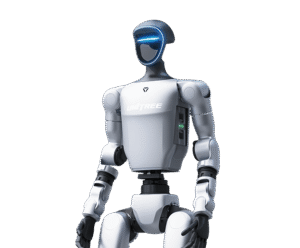
-
Price: ~$16,000
-
Pros:
-
Extremely agile, lifelike movements
-
Affordable compared to Western humanoids
-
Viral social media presence (“Uncle Bot”)
-
-
Cons:
-
Focused more on performance & entertainment
-
Limited practical household use
-
-
Rating: ⭐ 8.5/10
2. 🤖 Unitree H1 (Full-size Humanoid)
-
Price: Prototype, not commercial
-
Pros:
-
Runs fast, can backflip
-
Demonstrates advanced robotics engineering
-
-
Cons:
-
Still experimental
-
Limited commercial applications
-
-
Rating: ⭐ 8/10

3. 🤖 Xiaomi CyberOne (Emotion-Sensing Humanoid)
-
Price: Not publicly sold
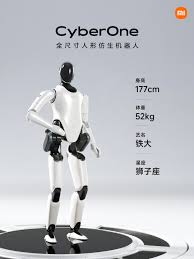
-
Pros:
-
Recognizes human emotions
-
Strong AI + sensor integration
-
Designed by major consumer tech brand
-
-
Cons:
-
Early prototype
-
Expensive to scale
-
-
Rating: ⭐ 7.5/10
4. 🤖 UBTech Walker S1 (Industrial Humanoid)
-
Price: N/A
-
Pros:
-
Designed for factory tasks (sorting, inspections)
-
Autonomous navigation
-
Deployed in real industrial environments
-
-
Cons:
-
Not designed for home use
-
Price and availability unclear
-
-
Rating: ⭐ 8/10
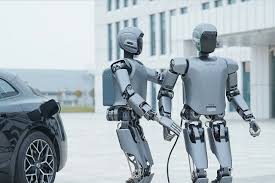
5. 🤖 AgiBot A2 / RAISE A1 (AI-Powered Humanoid)
-
Price: N/A (startup-level)
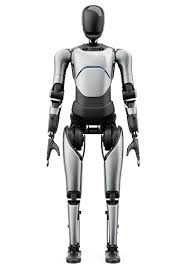
-
Pros:
-
Modular and open-source platform
-
Embodied AI for scalable tasks
-
-
Cons:
-
Startup stage, still developing
-
Not yet mass-produced
-
-
Rating: ⭐ 7.8/10
6. 🤖 Pudu D9 (Service Robot)
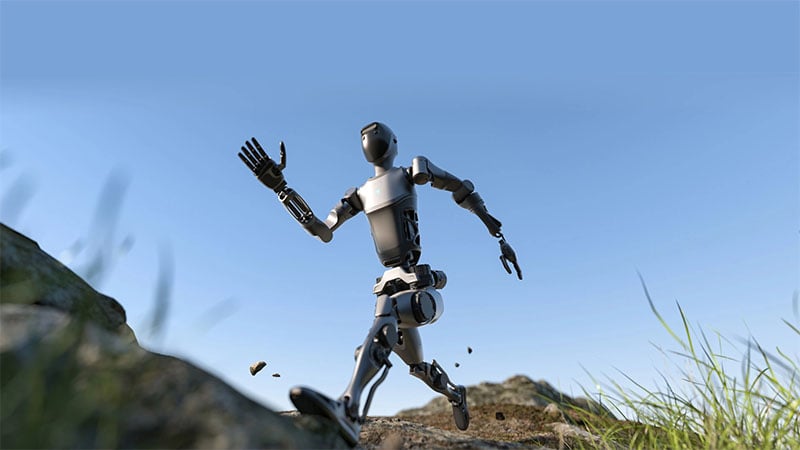
-
Price: N/A
-
Pros:
-
Designed for hospitality/logistics
-
Stable indoor navigation
-
Supports autonomous deliveries
-
-
Cons:
-
Niche use case
-
Limited adaptability outside service sector
-
-
Rating: ⭐ 7/10
7. 🤖 Flashbot Arm (Delivery & Manipulation Robot)
-
Price: N/A
-
Pros:
-
Mobile robotic arm for offices/hotels
-
Modular and versatile
-
-
Cons:
-
Limited to controlled environments
-
Basic compared to humanoids
-
-
Rating: ⭐ 7/10
8. 🤖 Kepler 4Runner K2 (Industrial Robot)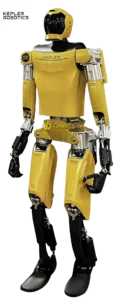
-
Price: N/A
-
Pros:
-
Heavy manufacturing and logistics support
-
Cloud AI for optimization
-
-
Cons:
-
Large, not consumer-oriented
-
Expensive
-
-
Rating: ⭐ 7.5/10
9. 🤖 Fourier Intelligence GR-1 (Medical Rehab Robot)
-
Price: N/A (healthcare contracts)
-
Pros:
-
Tailored for rehabilitation and elderly care
-
Mass production capabilities
-
Strong adoption in healthcare
-
-
Cons:
-
Narrow use case
-
Limited visibility compared to humanoids
-
-
Rating: ⭐ 7.2/10
10. 🤖 Sanbot Series (Retail & Service Robot)
-
Price: ~$2,800
-
Pros:
-
Deployed in shops, schools, and hotels
-
Alexa integration for consumer interaction
-
Affordable compared to humanoids
-
-
Cons:
-
Outdated vs new AI models
-
Limited mobility
-
-
Rating: ⭐ 6.5/10
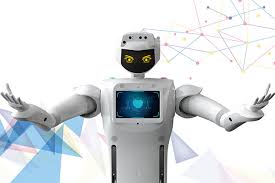
🔎 Conclusion
China’s robotics industry is racing ahead:
-
Unitree G1 & H1 lead in humanoid agility and entertainment.
-
CyberOne & Walker S1 show promise in AI emotion recognition and industrial use.
-
Pudu D9 & Sanbot highlight China’s strength in service robots.
With the world’s first “Robot Mall” in Shenzhen already open, China is not only building robots — it’s making them part of everyday life. 🚀